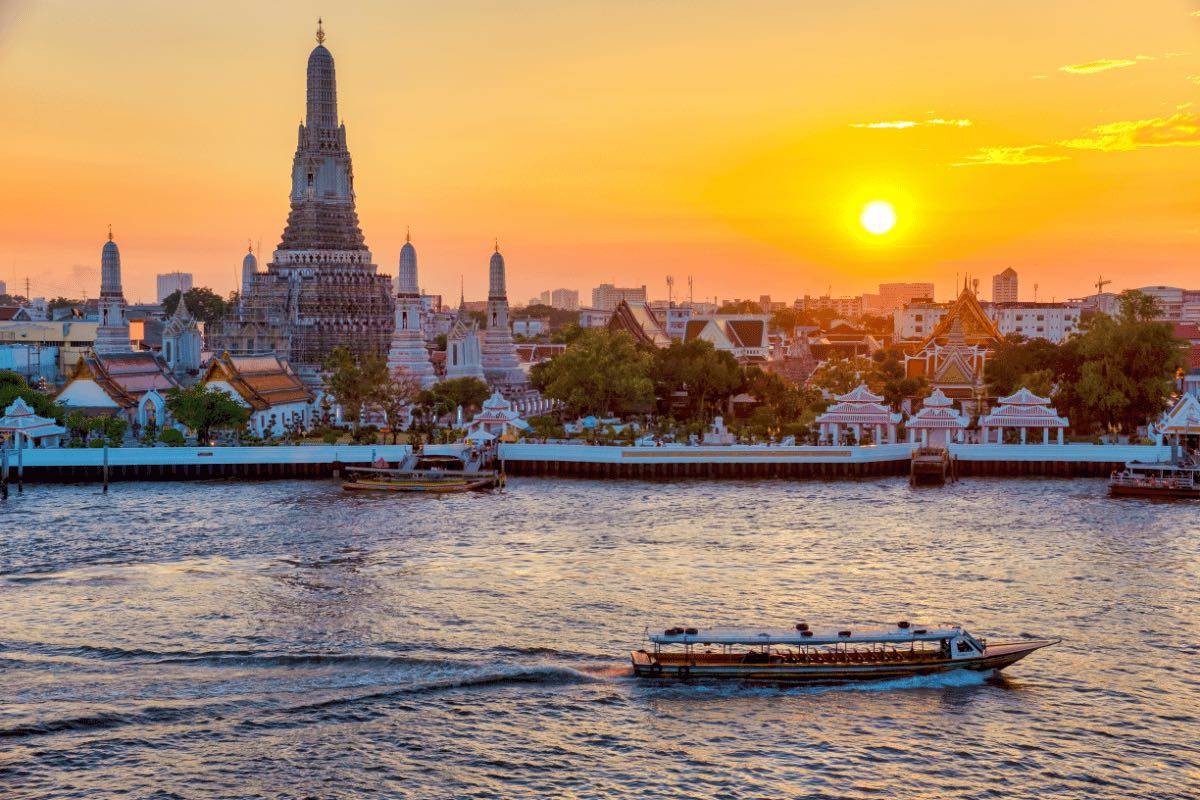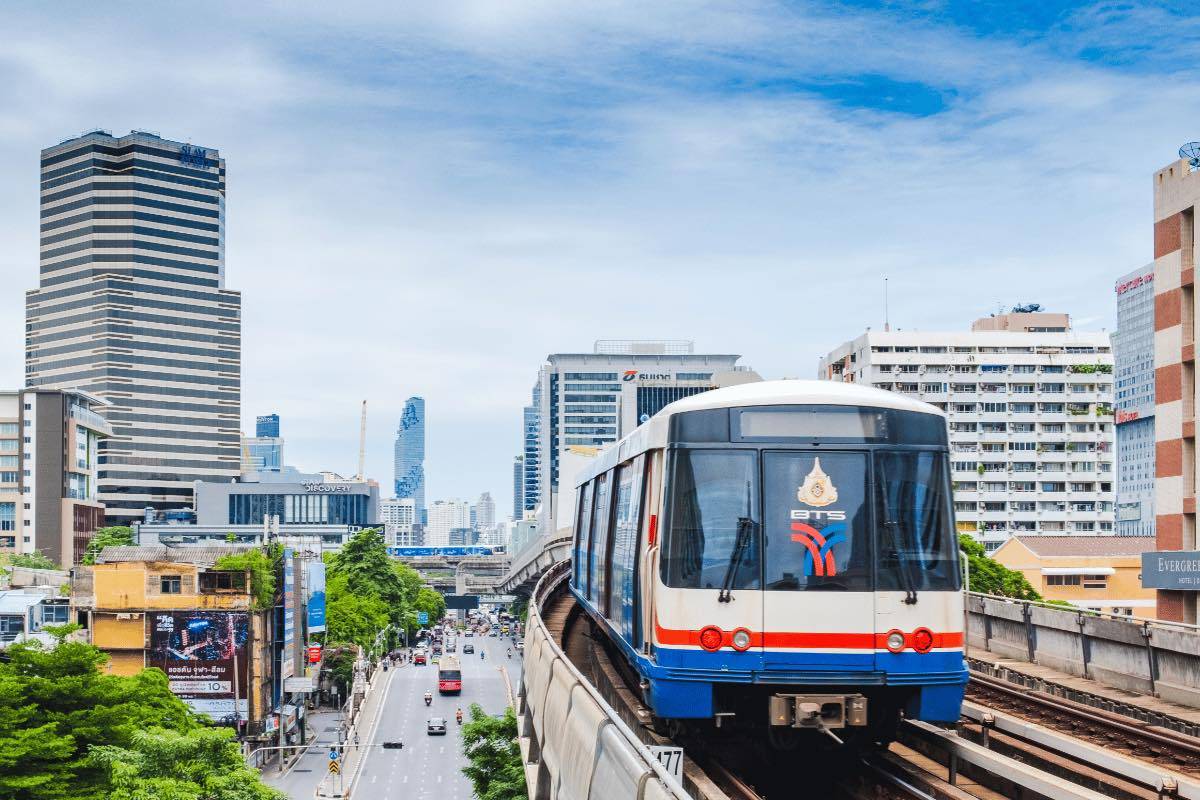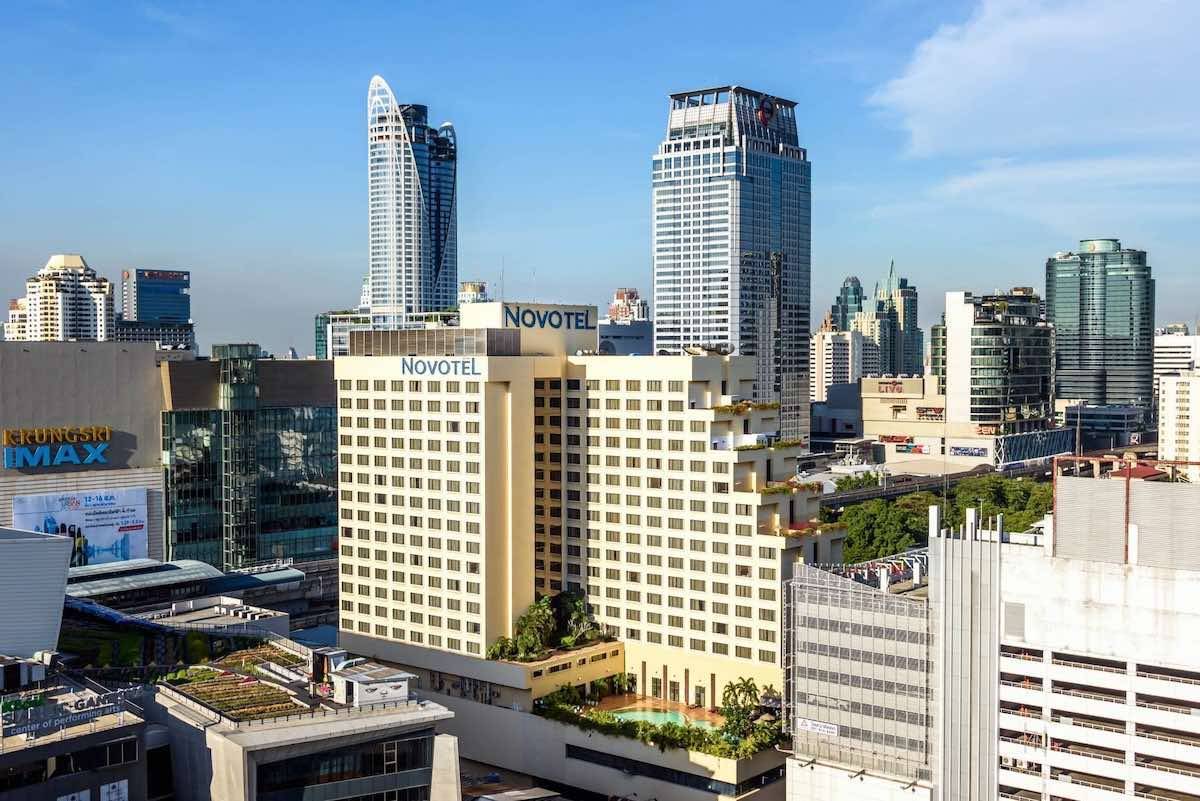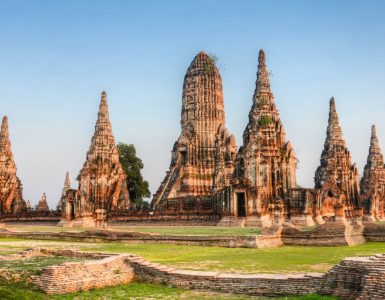Novotel Bangkok on Siam Square - Family & Business trip hotel - Wat Arun: The Temple of Dawn
Wat Arun: The Temple of Dawn
Located right next to the Chao Phraya River, this epic temple also known as the Temple of Dawn, is one of Bangkok’s most iconic landmarks. A favorite of locals and tourists, not only for its rich history and cultural heritage but also for its beauty and the amazing landscape it creates. Over time, Wat Arun has become not only a religious site but also a symbol of Thailand’s rich cultural heritage.
The history of Wat Arun, a Thailand cultural heritage

Wat Arun Ratchawararam Ratchawaramahawihan has a long history traced back to the 17th century with impressive towering prang built in the 19th century and undoubtedly the main attraction of Wat Arun. With more than 81.85 meters and covered in decorative Chinese porcelain and seashells, this outstanding structure reflects the sunlight and creates a dazzling display.
Visitors can climb up the steep stairs of the prang for a panoramic view of the Chao Phraya River and the surrounding areas. This climb offers a unique perspective of Bangkok’s landscape, especially at sunset.
Surrounding the main prang are four smaller satellite prangs, each dedicated to 4 continents, as well as the 4 elements that help sustain the way of life (Fire, Water, Earth, and Air). These prangs are also adorned with beautiful details, including statues of mythical creatures and guardian figures.
For those interested in art and history, the temple’s museum showcases various artifacts, including ancient Buddha images, ceramics, and religious texts. The museum provides an insightful look into the temple’s history and its role in Thai culture.
Interesting facts about Wat Arun
- The temple’s origins trace back to the early 17th century when it was originally called Wat Makok.
- The name “Wat Arun” is derived from the Hindu god Aruna, who is often represented as the radiations of the rising sun.
- King Rama II began the temple’s restoration, which included the construction of the central prang (a type of tower), to be taller, from 16 meters to 81 meters that we see today.
- His work was later completed by King Rama III, then later in King Rama V’s era, started to adorn the prang with colorful porcelain and seashells, making it the glittering structure that it is today.
Everything You Need to Know Before Visiting Wat Arun

Before visiting Wat Arun, it’s essential to be aware of a few important details to make your trip enjoyable and respectful. The temple is open daily from 8:00 AM to 6:00 PM, and the best time to visit is early in the morning or late afternoon. During these times, the temple is less crowded, and the light is perfect for photography.
When visiting Wat Arun, remember that it is a sacred place, so dressing modestly is required. Both men and women should wear clothing that covers their shoulders and knees. If you forget, you can rent a sarong at the temple entrance which is a piece of fabric that wraps around the waist covering the legs. Additionally, visitors should remove their shoes before entering any of the temple’s buildings.
The entrance fee for Wat Arun is 200 Thai Baht for foreign tourists, while Thai citizens can enter for free. It’s a good idea to carry some cash as credit card payments might not be accepted at smaller vendors within the temple complex.
Photography is allowed, but be respectful of worshippers and avoid taking photos during religious ceremonies. Also, drones are prohibited unless you have a special permit.
The best spot to admire the beauty of Wat Arun
Morning, Sunset, or Night, you will not be disappointed by the beauty of Wat Arun. Of course, a visit to the temple of Wat Arun is mandatory, however, the best view of this amazing structure will come from the opposite side of the river.
There are several rooftop restaurants and bars with gorgeous views of Wat Arun, most of these places require booking if you want to get a table during sunset as it is one of the most popular times to enjoy the view and avoid the heat of Bangkok.
How to Go to Wat Arun from Siam Square

Traveling from Siam Square to Wat Arun is straightforward and offers a chance to explore Bangkok’s vibrant streets and waterways. The most convenient way is to take the BTS Skytrain from Siam Station to Saphan Taksin Station.
From there, you can catch the Chao Phraya Express Boat. This boat service is frequent and an affordable way to experience the river while heading to the temple. Get down at the Tha Tien Pier. This pier is just across the river from Wat Arun. A short ferry ride will take you directly to the temple.
Alternatively, you can take a taxi or a tuk-tuk, which might take longer due to Bangkok’s traffic. However, this option allows you to see more of the city’s bustling streets and neighborhoods.
Address: Wat Arun (Temple of Dawn), 158 Wang Doem Road, Wat Arun, Bangkok Yai, Bangkok 10600, Thailand
Stay at Novotel Bangkok on Siam Square

Staying at Novotel Bangkok on Siam Square is convenient in many ways. Regardless of your itinerary or the location of the landmarks you want to visit, our welcoming hotel is a great option. We are located in the bustling area of Siam Square. This location is abundant in shopping malls, restaurants, and various cultural and fun activities.
Local transportation is not scarce, we are just a few meters away from the Siam BTS Station which connects two lines of this efficient transportation. Finding a bus, taxi, or Tuk Tuk is an easy task as the area’s popularity brings locals and tourists to this area.
Going to places like Wat Arun, Wat Phra Kaew, Wat Pho, Jim Thompson’s house, or Chinatown is an easy adventure that allows you to explore the vibrancy of Bangkok’s city vibes within a short ride.
Stay at Novotel Bangkok on Siam Square, and stay at the best location in Bangkok.




